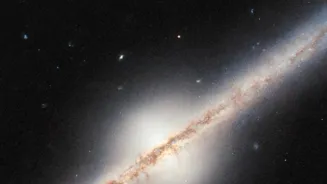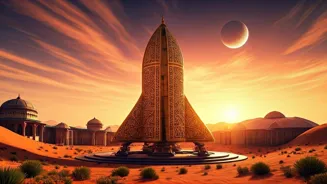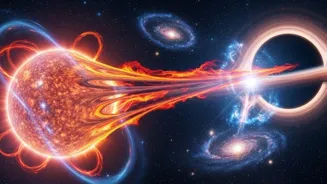Unraveling the Mystery of the Northern Lights: A Celestial Symphony. Discover the captivating science behind this cosmic spectacle
The Northern Lights, or Aurora Borealis as they are scientifically known,
are a mesmerizing display of natural light in the sky, predominantly seen in the high-latitude regions (around the Arctic and Antarctic).
Imagine a painter swirling vibrant colors across a dark canvas; that's essentially what the aurora looks like. For centuries, these shimmering curtains of light have captivated humankind, sparking myths and legends across various cultures.
But beyond the folklore lies a fascinating scientific explanation for this breathtaking phenomenon. Understanding the 'how' and 'why' of the aurora is like unlocking a hidden secret of our universe, revealing the intricate dance between the Sun and our planet.
The Sun's solar wind interacts with Earth's magnetic field
The Sun, our very own star, isn't just a provider of light and warmth; it's also a source of constant activity. It continuously emits a stream of charged particles, primarily electrons and protons, known as the solar wind.
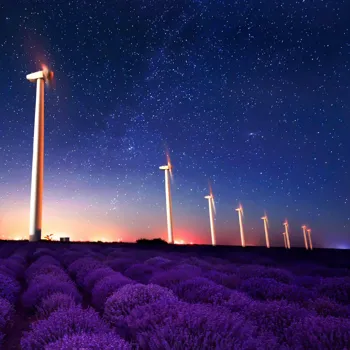
This solar wind travels through space at incredible speeds, sometimes taking a direct route towards Earth. Now, Earth has a natural defense mechanism: its magnetic field. This field acts like a protective shield, deflecting most of the solar wind away from our planet.
However, some of these charged particles manage to sneak through, particularly near the Earth's magnetic poles. This is where the magic begins.
Solar wind particles cause auroras by exciting gases
When these charged particles from the solar wind enter Earth's atmosphere, they collide with atoms and molecules of gases like oxygen and nitrogen. These collisions are not gentle taps; they are more like energetic crashes.

These collisions cause the atoms and molecules to become "excited", meaning their electrons jump to higher energy levels. However, this excited state is temporary. Almost immediately, they shed the extra energy by emitting light. This light is what we see as the aurora.
The color of the aurora depends on the type of gas that is being hit and the altitude at which the collisions occur.
Aurora colors and intensity linked to solar activity
Oxygen, for example, emits a greenish-yellow light when hit at lower altitudes and a red light at higher altitudes. Nitrogen, on the other hand, usually produces a blue or purplish-red hue.
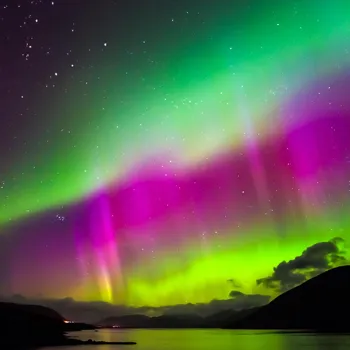
The intensity and movement of the aurora depend on the intensity of the solar wind and the Earth's magnetic field activity.
During periods of heightened solar activity, such as solar flares and coronal mass ejections (CMEs), the solar wind becomes much stronger, leading to more intense and widespread auroras.
Auroras impact technology and infrastructure significantly
Auroras aren't just pretty light shows; they have a profound impact on our planet. They can interfere with radio communications and GPS signals, potentially disrupting navigation systems and other technologies that rely on these signals.
Also, the strong electrical currents associated with auroras can impact power grids, causing blackouts in some cases. This is why scientists continuously monitor solar activity and auroral activity, aiming to predict and mitigate these potential disruptions.
Understanding the science behind auroras is not only fascinating but also crucial for protecting our technology and infrastructure.
Witnessing Northern Lights is a memorable connection to science and cosmos
If you ever get the chance to witness the Northern Lights, it's an experience you'll never forget.
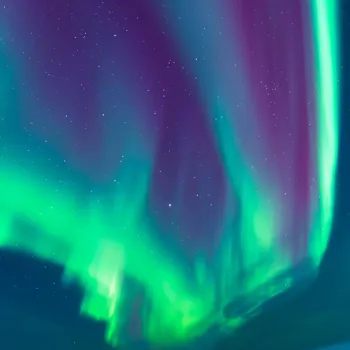
To experience it, it means planning a trip to one of the high-latitude locations like Iceland, Norway, Sweden, Finland, Canada, or Alaska, usually during the winter months when the nights are long and dark.
And while you are there under the shimmering colourful light you remember the science behind the spectacle. Watching nature's unique phenomena happen is a reminder of the scientific and technological world we live in. Beyond the beauty, it's a connection to the cosmos.
AI Generated Content. Glance/InMobi shall have no liability for the content





